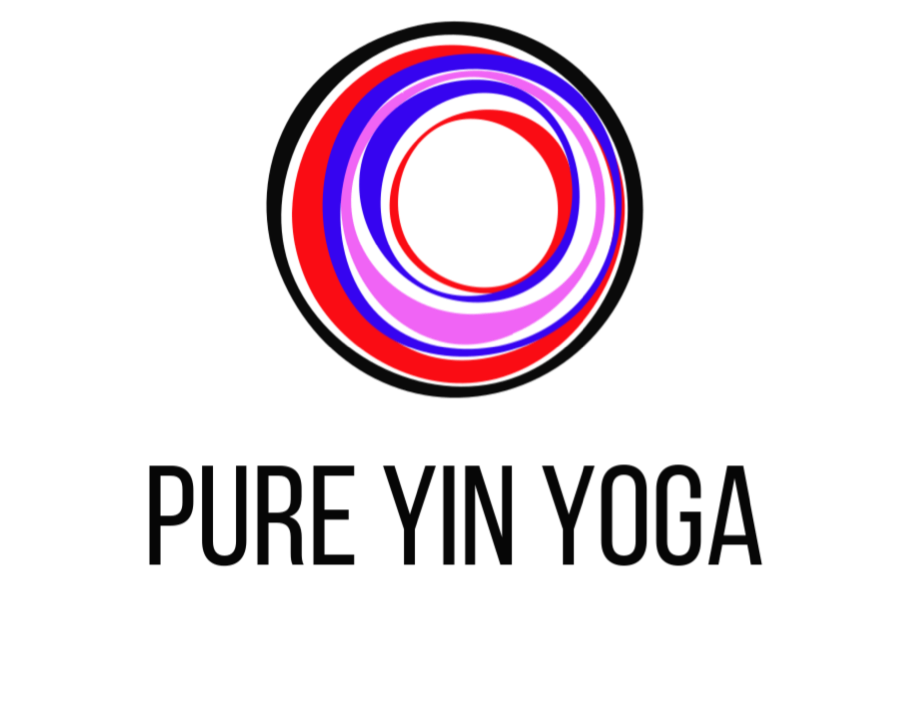“Do not kill the instinct of the body for the glory of the pose.”
Yin is a simple, slow-paced, non-competitive practice that targets the connective tissues, such as your joints and deep fascia, which are considered the body’s yin tissues. These are the primary areas that, when not sufficiently ‘stressed’ (or loaded) in the appropriate way, are likely to cause restrictions to your range of motion. In Yin Yoga, static floor postures in which you are asked to relax your muscles, permit the connective tissues to be therapeutically stressed over several minutes. Without a practice like Yin, your connective tissues can become dehydrated, stiff and less elastic, which decreases mobility and increases fatigue and bodily pain.
Yin is a form of functional yoga. This means the emphasis is on what it’s doing, not what you look like in the posture, so each pose (or asana) can be adapted to your individual anatomical variations. It can be practised by anyone, regardless of age, ability or mobility limitations. The aim of Yin is not to force your body into perfectly aligned shapes, but to awaken it by improving joint health, mobility and Qi flow. (Qi or “chi” is produced by every cell in the body and is the name given in Traditional Chinese Medicine to what we know in Western medicine to be the electrical organising force that grows the embryo.)
Yin Yoga is a complement to yang forms of exercise. Yang exercise is a broad term meant to include any form of exercise that focuses on moving the blood and exercising the muscles; examples include running, cycling, weightlifting, swimming, Pilates and dynamic forms of yoga (Bikram, Vinyasa, Ashtanga, etc.). In fact, Yin Yoga is one of the most effective styles of yoga athletic people can incorporate into their recovery programme.
Yin Yoga is informed by Traditional Chinese Medicine. Many people are familiar with acupuncture, which stimulates the channels—or meridians—that conduct Qi throughout the body. If the flow of Qi within the channel network is disrupted, it can result in physical, psychological and emotional imbalances. Gently compressing and pulling the physical body, as you do during Yin Yoga, can stimulate Qi flow through the channels and organs, helping you reap benefits akin to those of acupuncture.
The key to reaping the full, therapeutic benefits of Yin Yoga is repetition and consistency in your practice. It requires and fosters mental discipline, however, its long holds allow for a more meditative practice, giving you time to turn inward to calm and balance the mind and body, assisting you to cultivate stillness within the frenetic pace of modern life. But don’t be fooled by Yin’s stillness and quiet, inward-focused nature—it will challenge you both physically and mentally!

